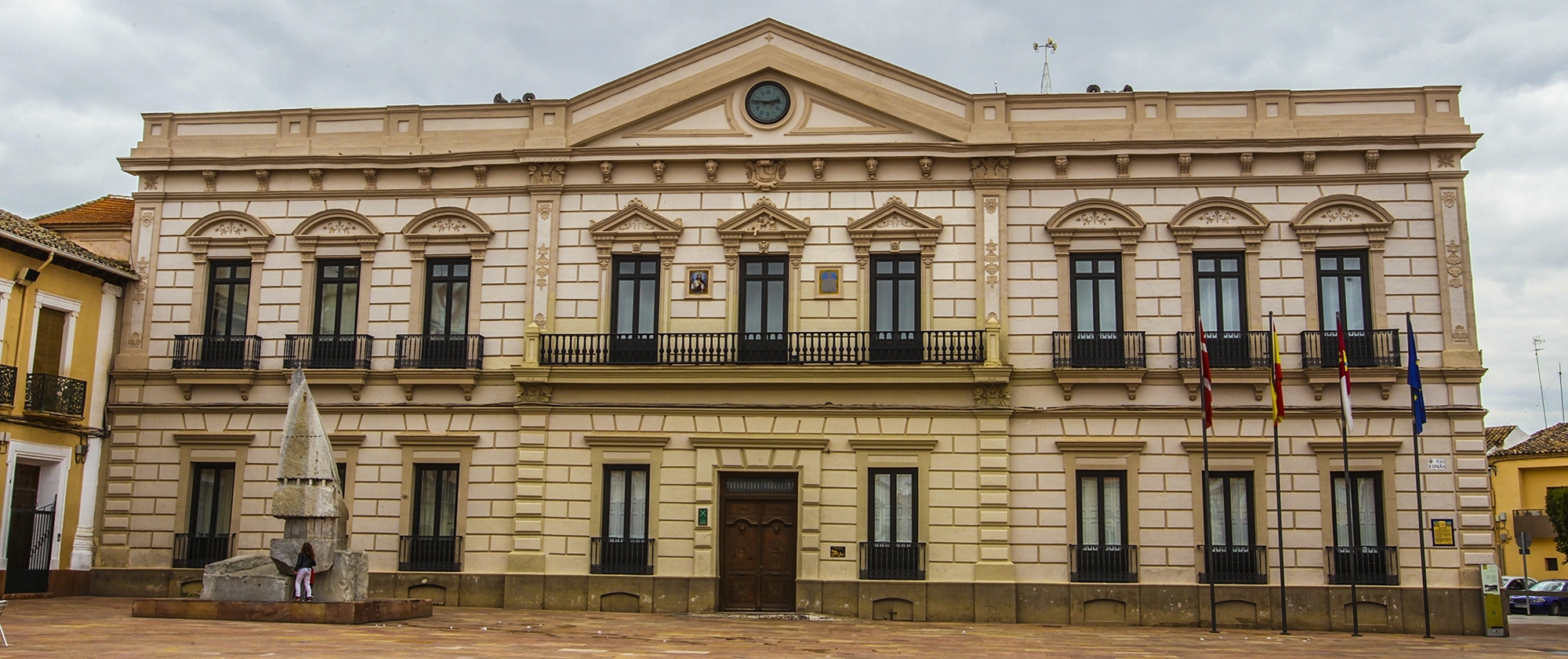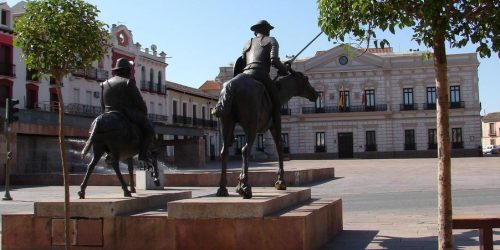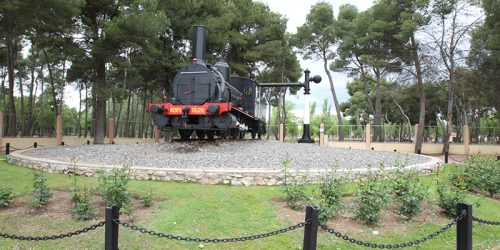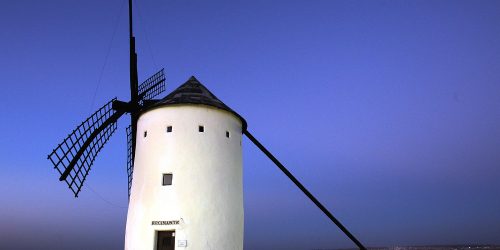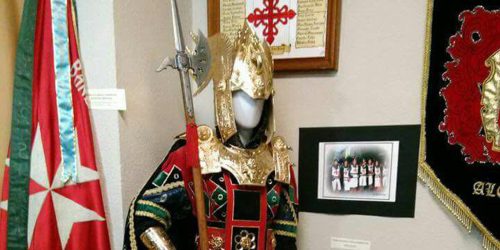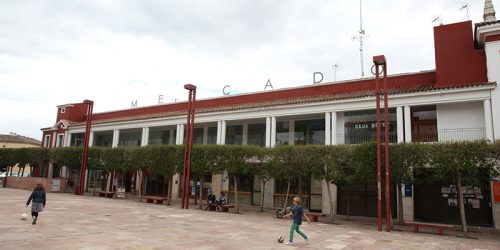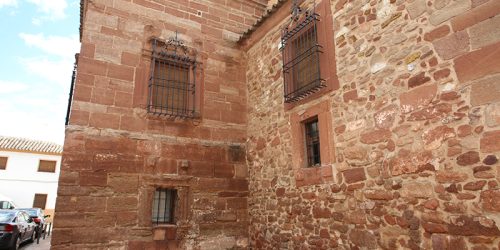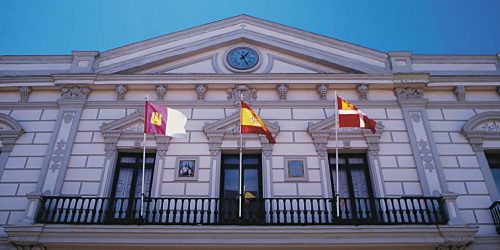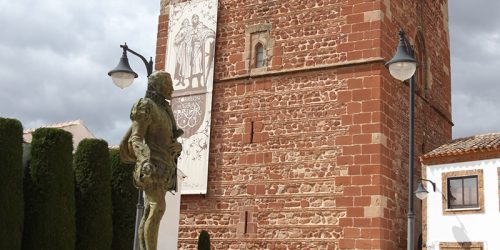En primer lugar, hablamos de una ciudad que sabe adecuarse a las nuevas situaciones socioeconómicas del momento, a la vez que mantiene vivo un estimable patrimonio natural y cultural con numerosos bienes declarados de Interés Cultural, espacios protegidos e infinidad de actividades lúdicas, culturales y deportivas. Además, se siente cierto espíritu creativo que invita al viajero a descubrir y disfrutar, al tiempo que saborea deliciosos platos, unos vinos con tapas, o se endulza con la bizcochá de Alcázar, que cuenta con un merecido renombre.
En segundo lugar, hay que señalar que de obligada visita es el entorno histórico del Conjunto Palacial de Los Caballeros de la Orden Militar de San Juan, compuesto por el Torreón del Gran Prior, también llamado de Don Juan José de Austria, readaptado en un espacio museográfico dedicado a la apasionante historia de los Caballeros Hospitalarios. Frente al Torreón la Capilla de Palacio, encontramos el actual Centro de Recepción de Visitantes, desde el que accedemos a los singulares yacimientos de la villa romana. Por último, destaca el Cubillo, resto de la muralla que rodeó el Alcázar de los caballeros. Además, alrededor de esta zona, se desarrolla un entramado de calles y callejuelas que conforman el barrio histórico de Santa María.
En tercer lugar, el patrimonio religioso de Alcázar de San Juan está ampliamente representado por la Iglesia Parroquial de Santa María La Mayor (s. XIII), la más antigua de la localidad. Es en esta iglesia donde se guarda la pila bautismal de D. Miguel de Cervantes, el hermoso el retablo del altar mayor y el camarín Rococó de la Virgen del Rosario. Encontramos también la Iglesia tardo-gótica del Convento de San Francisco (s.XVI), que cuenta con una impresionante y monumental torre.
Tampoco se podría dejar de mencionar la Iglesia Parroquial de Santa Quiteria (s. XVI), interesantísima obra sobre planos de Juan Herrera, arquitecto de El Escorial, o el Antiguo Monasterio de Santa Clara (s.XVI) edificio renacentista, declarado, como los anteriores, Bien Cultural y adaptado a nuevos usos. Por otra parte, del siglo XVII se conserva la Iglesia del convento de la Santísima Trinidad, edificio barroco con una gran portada escenario en su entrada principal.
En cuarto lugar, en Alcázar se conservan algunas interesantes casas señoriales del s. XVI, como la Casa Museo del Hidalgo, y sobre todo del XIX y principios del XX, con fachadas simétricas con balcones y ventanas con decorativas rejerías. También fueron construidos en el XIX el Colegio de la Sagrada Familia y la magnífica Estación del ferrocarril de 1854, que cuenta con una cantina decorada con preciosos paneles cerámicos declarados de Bienes de Interés Cultural.
Por otro lado, en el cerro de san Antón, en el entorno de la localidad, que es un extraordinario mirador para divisar la llanura manchega, sobresalen cuatro Molinos de Viento, de los cuales se pueden visitar dos: uno contiene el Centro de interpretación del Paisaje Manchego y otro con la maquinaria del siglo XVI a punto para realizar moliendas periódicamente.
Asimismo, a pocos kilómetros de Alcázar se sitúa el pueblo de colonización agrícola de mediados del pasado siglo, Cinco Casas, del que nos habla Azorín en su viaje de 1905 para encontrarse con las tierras del Quijote, y Alameda de Cervera, un interesante y alegre caserío.


